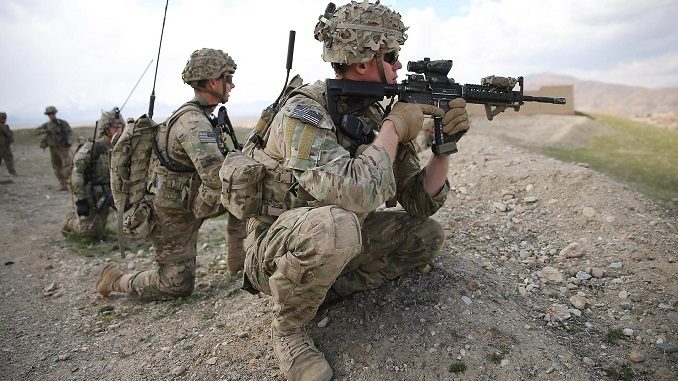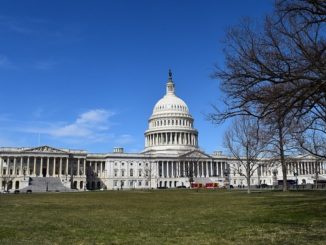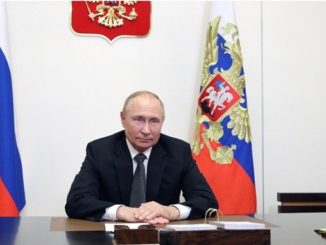
President Donald Trump’s decision to cut U.S. troop levels in Germany blindsided a number of senior national security officials, according to five sources familiar with the matter, and the Pentagon had yet to receive a formal order to carry it out, Reuters reports.
Trump decided to remove 9,500 troops from Germany, one of America’s strongest allies, reducing the number there to 25,000 from 34,500, a senior U.S. official said on Friday.
That official said it was the result of months of work by the U.S. military leadership and had nothing to do with tensions between Trump and German Chancellor Angela Merkel, who thwarted his plan to host an in-person Group of Seven (G7) summit this month.
But other sources familiar with the matter said a number of U.S. officials at the White House, State Department and Pentagon were surprised by the decision and they offered explanations ranging from Trump’s pique over the G7 to the influence of Richard Grenell, the former U.S. ambassador to Germany and a Trump loyalist.
Reuters could not determine if Grenell had played a direct role with Trump in the decision-making. Grenell resigned his post on June 1, according to a State Department spokeswoman.
The Defense and State Departments referred questions to the White House National Security Council, which declined comment.
Asked for comment, Grenell said that “this is all gossip” and declined to address specific questions about the decision and his role in it. The reduction, he said, had been “in the works since last year.”
He underscored U.S. frustration over Germany’s failure to meet a NATO target of defense spending of 2% of GDP. He noted that NATO Secretary General Jens Stoltenberg named Germany as the only country that had not submitted a credible plan for how to reach their commitment.
At an online event hosted by the Atlantic Council thinktank on Monday, Stoltenberg declined to comment on what he termed “media leakages and media speculation” when asked about U.S. plans to cut troop numbers in Germany. He said NATO was “constantly consulting with the United States, with other NATO allies on the military posture, presence in Europe.”
Speaking on condition of anonymity, a U.S. official told Reuters the Pentagon had not received a formal order to cut troops and that the decision caught some Defense Department officials off guard and scrambling to figure out its meaning and impact on relations with Germany.
Germany was not consulted before the decision was first reported by the Wall Street Journal on Friday, two sources familiar with the matter said.
German government officials said on Monday that Berlin had not received confirmation of the U.S. move. But Peter Beyer, the German coordinator for transatlantic ties, said it would “shake the pillars of the transatlantic relationship.”
The Trump administration pushed to reduce U.S. troops in Germany for years and Grenell has criticized Berlin in public and private for failing to meet the NATO target of spending 2% of GDP on defense, said a source briefed on U.S.-German military relations.
“In that sense, it wasn’t a surprise, but there was no consultation or coordination. And Trump administration officials had said they did not expect a withdrawal of forces,” the source added.
The decision, which has not been officially confirmed by the White House, also surprised a number of senior national security officials in the U.S. government.
Senior State Department, Pentagon and some national security council officials were blindsided and “learned something was up when calls started coming around and the WSJ article hit,” said a third source familiar with the matter.




Be the first to comment